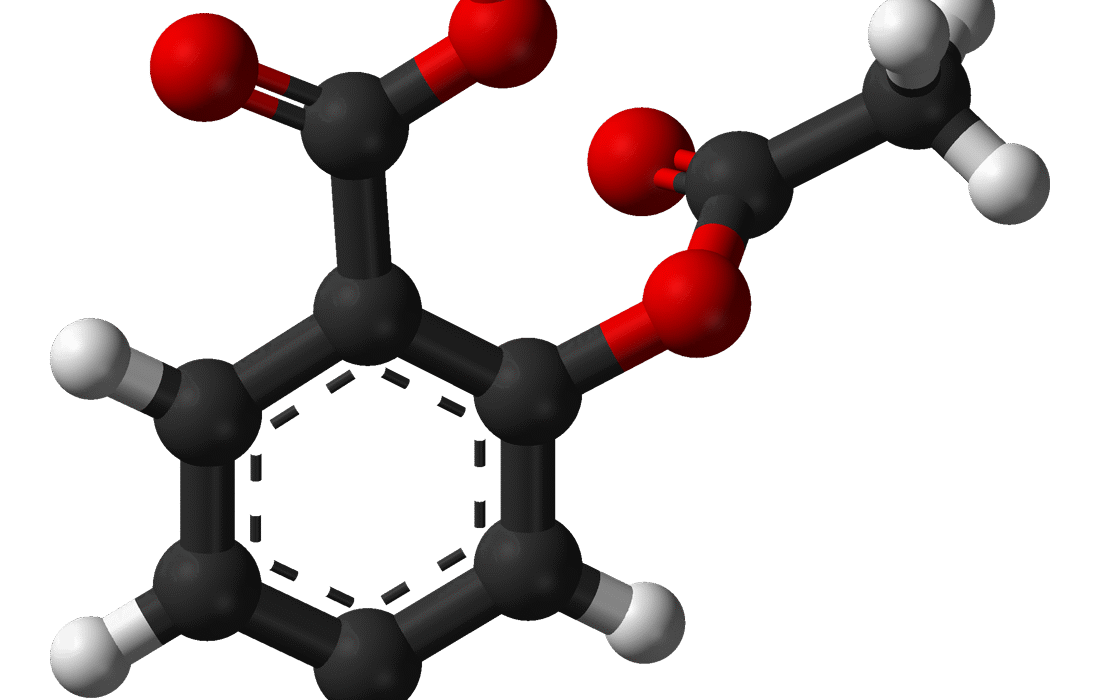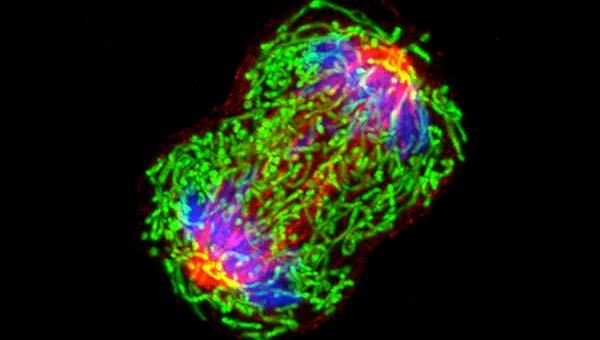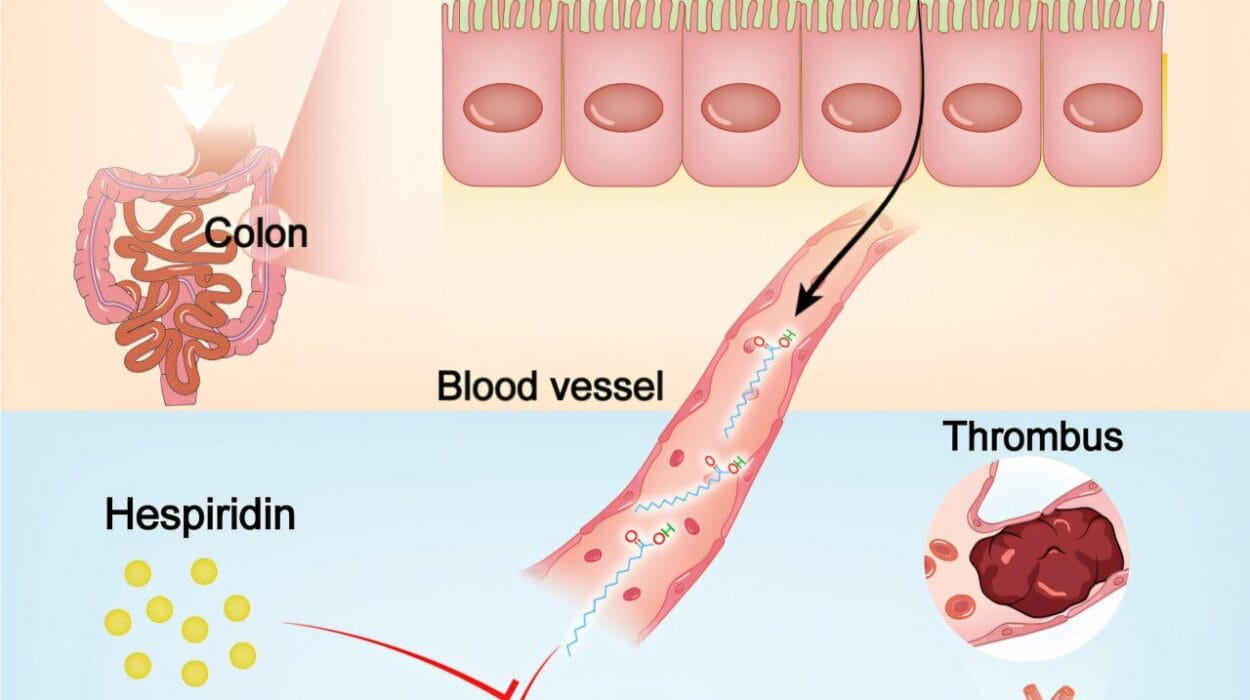Gardenias are often admired for their exquisite white flowers and intoxicating fragrance, often used in gardens and florists’ displays around the world. These tropical and subtropical shrubs, native to Asia, have long held cultural and medicinal significance. Historically, gardenias have been celebrated in various forms in folk medicine, particularly in China, where they have been used to treat a range of ailments, including depression, inflammation, and insomnia. Their brilliant blossoms and rich scent have made them cherished in not just gardens but also in traditional medicinal practices, wherein parts of the plant—including its fruit—have been utilized for their potential therapeutic properties.
Recently, a discovery by a team of U.S.-based scientists has further underscored the potential of gardenias beyond the aromatic and decorative world. The research, conducted by scientists from several prestigious institutions, has unveiled that a compound known as genipin, extracted from the fruit of the gardenia plant (specifically Gardenia jasminoides, also known as Cape Jasmine), may hold the key to treating a severe and rare degenerative nervous system disorder. Genipin has shown promise in studies as an agent that could encourage nerve regeneration in conditions that cause the breakdown of peripheral nerves, a process previously believed to be largely irreversible.
A Legacy of Medicinal Use
Gardenias have a long history in traditional medicine, especially within Eastern cultures. For centuries, the plant has been a valuable resource for herbalists. Apart from the common use of its fragrance and aesthetic appeal, gardenia fruits, particularly those of the Gardenia jasminoides species, have been known for their beneficial medicinal properties. Gardenias are sought after for a range of therapeutic uses, primarily in the realm of treating mood disorders, inflammation, and various sleep-related issues. One of the most historically significant aspects of gardenia has been its fruit’s ability to yield vibrant dyes. These natural compounds were utilized for fabric dyes and other local crafts before their medicinal uses were fully understood.
The 20th century saw a fascinating breakthrough in the study of compounds derived from gardenia. In the 1980s, Japanese scientists discovered that the fruit of the gardenia plant could produce a blue dye, setting the stage for future pharmacological research. It was this breakthrough that led to the isolation of several key chemical compounds from the plant, including genipin, an iridoid glycoside.
Genipin, a powerful and versatile compound, quickly gained attention in the world of pharmaceutical research for its unique properties. Initially, it was celebrated for its role in improving food preservation, enhancing the texture of certain foods, and even improving the shelf life of some edible products. However, subsequent studies suggested that genipin might have applications beyond food science. Notably, its potential in cancer research as a means to trigger apoptosis (programmed cell death) and its ability to modulate biological systems created exciting new possibilities for medical science.
Genipin and Familial Dysautonomia: A Breakthrough for Nerve Regeneration
More recently, however, research has focused on genipin’s role in regenerative medicine, particularly in the field of nerve regeneration. A promising area of research has involved familial dysautonomia, a rare genetic disorder that primarily impacts individuals of Ashkenazi Jewish descent. This condition affects the autonomic nervous system, the part of the nervous system responsible for functions like breathing, temperature regulation, heart rate, and digestion.
Familial dysautonomia is caused by a genetic mutation in the ELP1 gene, which plays a key role in the development and survival of nerve cells, particularly sensory neurons. These neurons, responsible for sensory functions like touch and temperature, are damaged in familial dysautonomia patients, leading to severe neurological issues and the degeneration of the peripheral nervous system (PNS)—a vast network of nerves running outside the brain and spinal cord.
The disease manifests during infancy, and its symptoms progress over time, with affected individuals facing difficulties like impaired breathing control, inability to feel pain, high susceptibility to infections, poor temperature regulation, heart arrhythmias, spinal curvatures, and vision loss. Unfortunately, to date, there are no approved treatments that can stop or reverse the course of the disease. This has made nerve regeneration a crucial avenue for scientists striving to alleviate the suffering of familial dysautonomia patients and others with peripheral nerve damage.
This is where genipin comes in. The compound has been found to prompt significant improvements in nerve development and regeneration, presenting hope for those living with hereditary nerve disorders.
A team led by Dr. Kenyi Saito-Diaz, based at the University of Georgia, made the breakthrough discovery of genipin’s regenerative properties. While initially screening 640 potential compounds for their ability to protect against sensory nerve degeneration, Saito-Diaz’s research team stumbled upon genipin in the fruit of the Gardenia jasminoides. Excitingly, the compound did not show a tendency to induce the death of nerve cells, as many drugs do when promoting apoptosis in abnormal cells. Instead, when genipin was exposed to neurons from familial dysautonomia patients, it promoted proper development and even prevented early degeneration of nerve cells in vitro (in laboratory cultures).
Moreover, studies have shown that genipin could play a vital role in enhancing axon regeneration, or the regrowth of severed nerve fibers, which is vital for improving motor functions, sensation, and the healing of injured nerves. In mouse models, genipin has demonstrated its ability to regenerate peripheral nerve tissues and encourage the survival of sensory and motor neurons, two cell types that are critical for bodily functions and interaction with the environment.
Dr. Saito-Diaz’s team hypothesized that the regenerative effects of genipin might be tied to its ability to enhance the extracellular matrix, the network of proteins and fibers that provide structural and biochemical support to the cells in a tissue. This matrix is crucial in the early development of nerves and maintaining nerve function. Genipin, by interacting with this matrix, encourages the recovery and reorganization of the nervous system, especially the peripheral nervous system, which had previously been thought to have limited regenerative capacity.
A Broader Perspective: Addressing Peripheral Nerve Degeneration
The potential applications of genipin stretch beyond the treatment of familial dysautonomia alone. Peripheral neuropathies, or diseases of the peripheral nerves, affect a large portion of the global population. These disorders include conditions such as diabetic neuropathy, trauma-induced nerve damage, and neurodegenerative diseases. Given that nerve degeneration and the subsequent loss of functionality in the peripheral nervous system affects millions of people worldwide, genipin’s potential therapeutic applications hold considerable promise for addressing these concerns.
Researchers continue to investigate genipin’s capacity for nerve regeneration, particularly regarding its use in healing and restoring peripheral nerve function. Additionally, its capacity to interact with the extracellular matrix gives it utility in areas such as tissue repair, wound healing, and nerve injury recovery. With a high priority placed on regenerative medicine worldwide, researchers are hopeful that genipin could be part of the future of treatment for diverse neurological and nerve-related conditions.
Challenges and Future Prospects
While promising, research into genipin as a nerve-regenerating therapeutic is still in its early stages. Current studies have primarily taken place in laboratory models (such as cell cultures and animal trials). Human trials, the gold standard in medical treatment development, remain a crucial next step. Many aspects of the compound’s safety, potential side effects, long-term impacts, and therapeutic window (the ideal dosage for maximum efficacy without adverse effects) will need to be studied in depth.
The global scientific community continues to make strides in the development of treatments for degenerative nerve disorders, particularly those that affect the peripheral nervous system. Researchers believe genipin could not only help provide solutions to familial dysautonomia but could open doors to broader applications in neurology and regenerative medicine in the future.
For now, the discovery that a humble plant like the gardenia holds the key to nerve regeneration offers a hopeful outlook in an era where advanced therapies can offer new possibilities. Gardenias, long appreciated for their delicate beauty and intoxicating scent, are now on the brink of making a tangible difference in the lives of people suffering from nerve damage and degenerative conditions.
Conclusion
The discovery of genipin‘s ability to regenerate nerves represents an exciting frontier in the study of neurology and regenerative medicine. What was once a tool for perfume and decoration could now change lives by offering potential therapies for serious, previously untreatable diseases like familial dysautonomia. Genipin’s promise brings renewed hope to millions of individuals worldwide affected by peripheral nerve degeneration, and researchers are hopeful that this breakthrough will lead to real-world solutions in the near future.
Through continued collaboration across global research centers, genipin may one day become a key therapeutic agent, offering a means for combating diseases that have long plagued human health.
Reference: Kenyi Saito-Diaz et al, Genipin rescues developmental and degenerative defects in familial dysautonomia models and accelerates axon regeneration, Science Translational Medicine (2024). DOI: 10.1126/scitranslmed.adq2418






